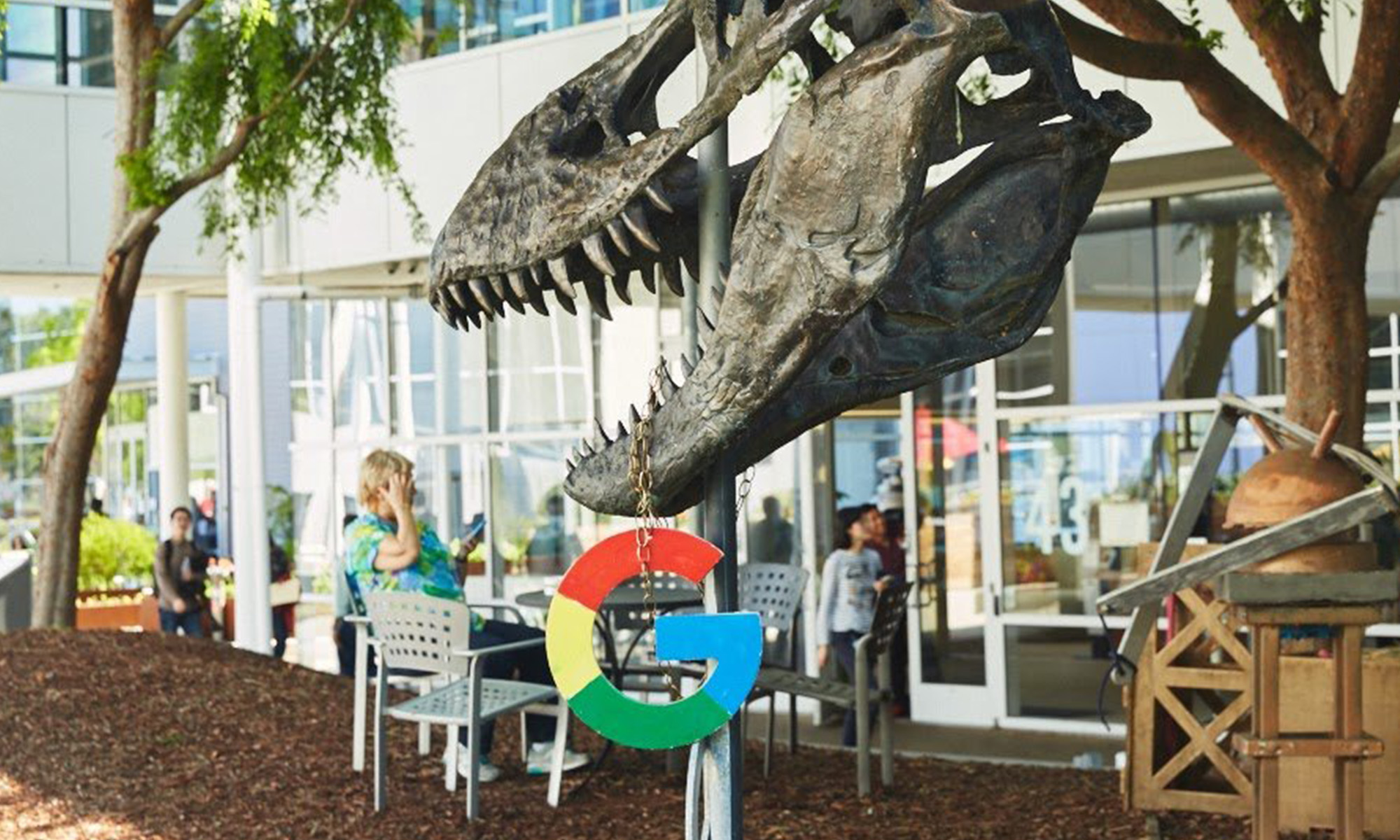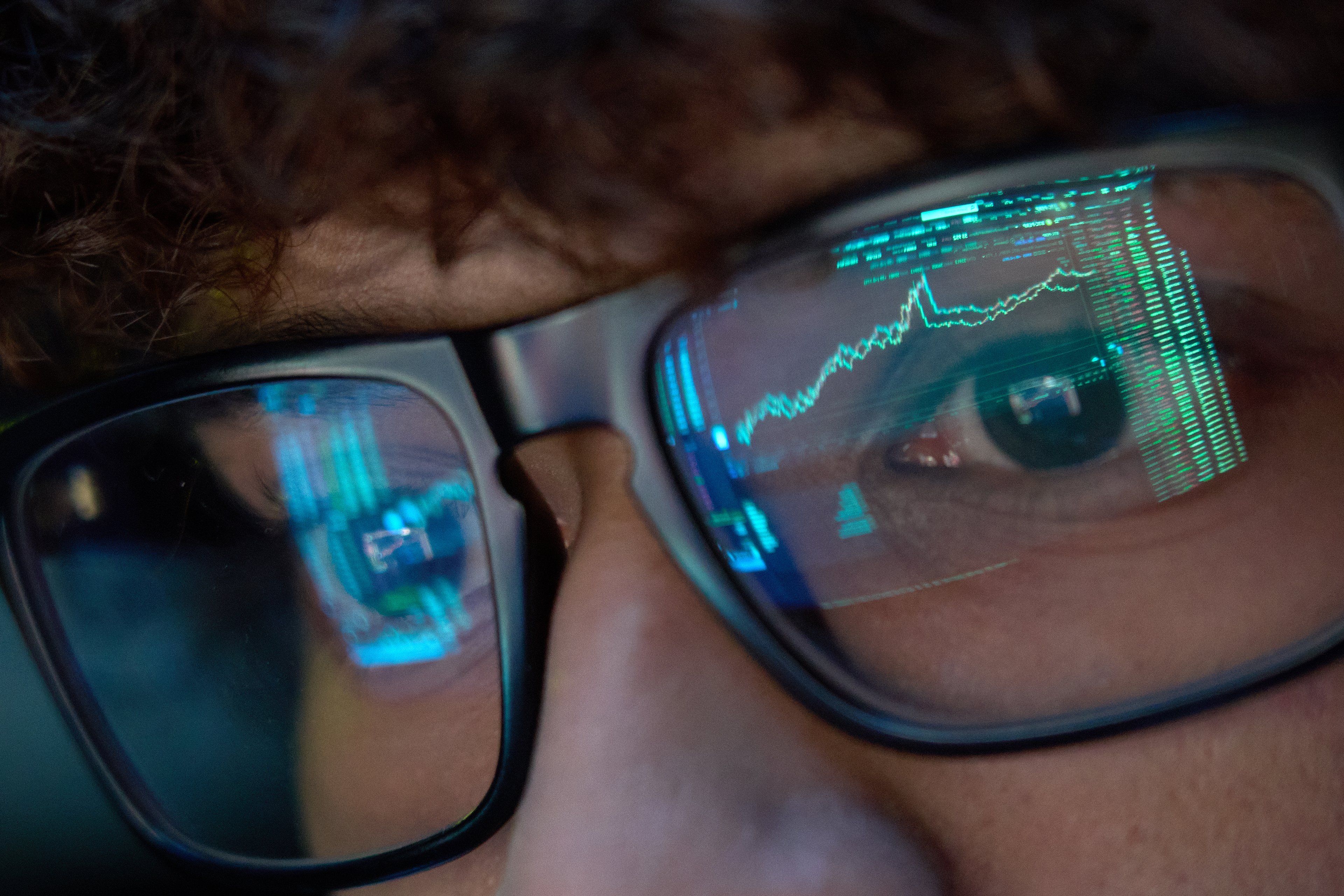Facebook (FB 0.41%) CFO David Wehner said on the company's third-quarter earnings call that this year it's on track to drop between $14 billion and $14.5 billion in capital expenditures, "compared to our prior estimate of $15 billion."
Even though the company slightly trimmed its 2018 capex guidance, the new guidance implies a substantial step up from the $6.7 billion that it spent in 2017.

Image source: Facebook.
At the time that Facebook announced its capex plans for 2018, Wehner said that the big step up would be "driven by increased investment in data centers, servers, office facilities and network infrastructure."
Considering that Facebook reported serving nearly 1.5 billion daily active users last quarter, and that figure has been on the rise, it's not surprising that the company continues to invest in the infrastructure to support them.
In addition to refining the company's 2018 capex guidance, Wehner also provided some insight into Facebook's 2019 capex plans. Let's take a closer look.
Another boost
Wehner said that the company expects "full-year 2019 capital expenditures will be approximately $18 billion to $20 billion," something that he said will be "driven by a continuation of our data center build strategy that seeks to put in place adequate capacity ahead of our needs."
During the call, analyst Heather Bellini asked Wehner the following set of questions:
But the capex growth that you guys gave for next year, how far ahead should we think about you guys building out capacity? And can you help us think about the ongoing trend, in particular in light of your comments that you just made about how you'll feel about being more dialed in at the end of 2019? But how do we think about kind of that continued growth and capex number? And is there anything there that's a one-time item?
The executive said that Facebook is "investing ahead of user growth, given the long lead time in deploying data centers and network capacity."
It's not all just about trying to put into place capacity for the future, though. Wehner explained that the company is "making investments to support the core growth of the business."
"There's a lot of compute that goes behind things like feed ranking and ads ranking," he said. "We think there's good ROI [return on investment] to putting more servers behind things like choosing the right ad for the right impression opportunity that we have."
That's not all, though. Wehner said that "a lot of our growth is coming from markets in Asia -- our top growth countries were India, Indonesia, and the Philippines." (Facebook reported a 37.6% year-over-year increase in advertising revenue from the Asia-Pacific region last quarter, which was faster than overall advertising revenue growth of 33.5%.)
"So we're building the capacity to serve that Asian peak and those users are at a lower ARPU [average revenue per user]," Wehner said. "So that impacts the overall capital intensity."
When Wehner refers to capital intensity, he's talking about capex as a percentage of revenue; when that number is higher, so, too, is capital intensity. If ARPU in these growth markets is lower, then the amount of capital that Facebook has to spend, on average, to serve those users is higher than in regions where ARPU is higher.
For some perspective, Facebook reported that its ARPU in the Asia-Pacific region last quarter was just $2.67, while it was $6.09 on average worldwide -- undoubtedly helped by the fact that this figure was $27.61 in the U.S. and Canada region and $8.82 in Europe.
The key takeaway, though, is that Facebook is spending money to make money.






